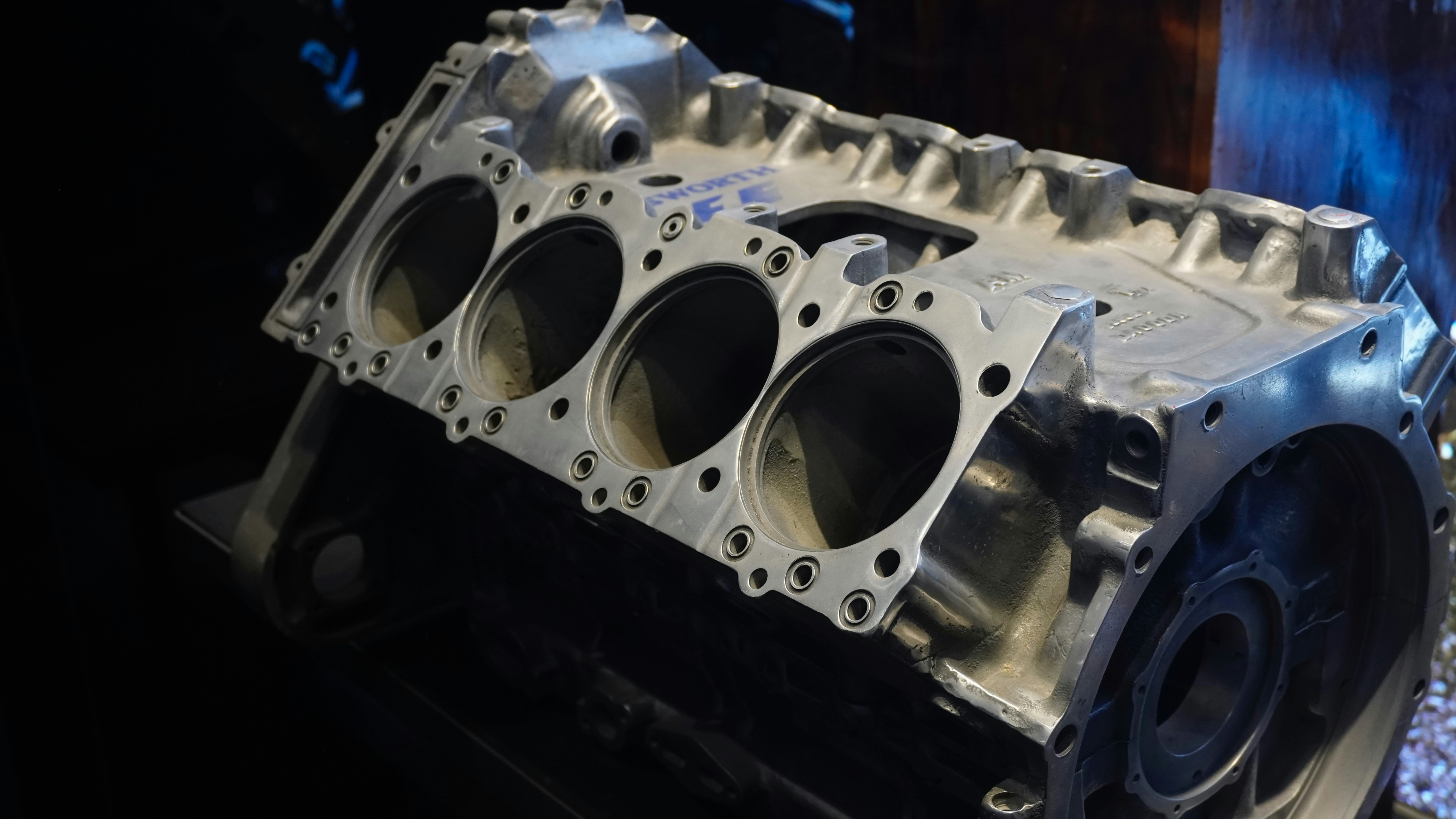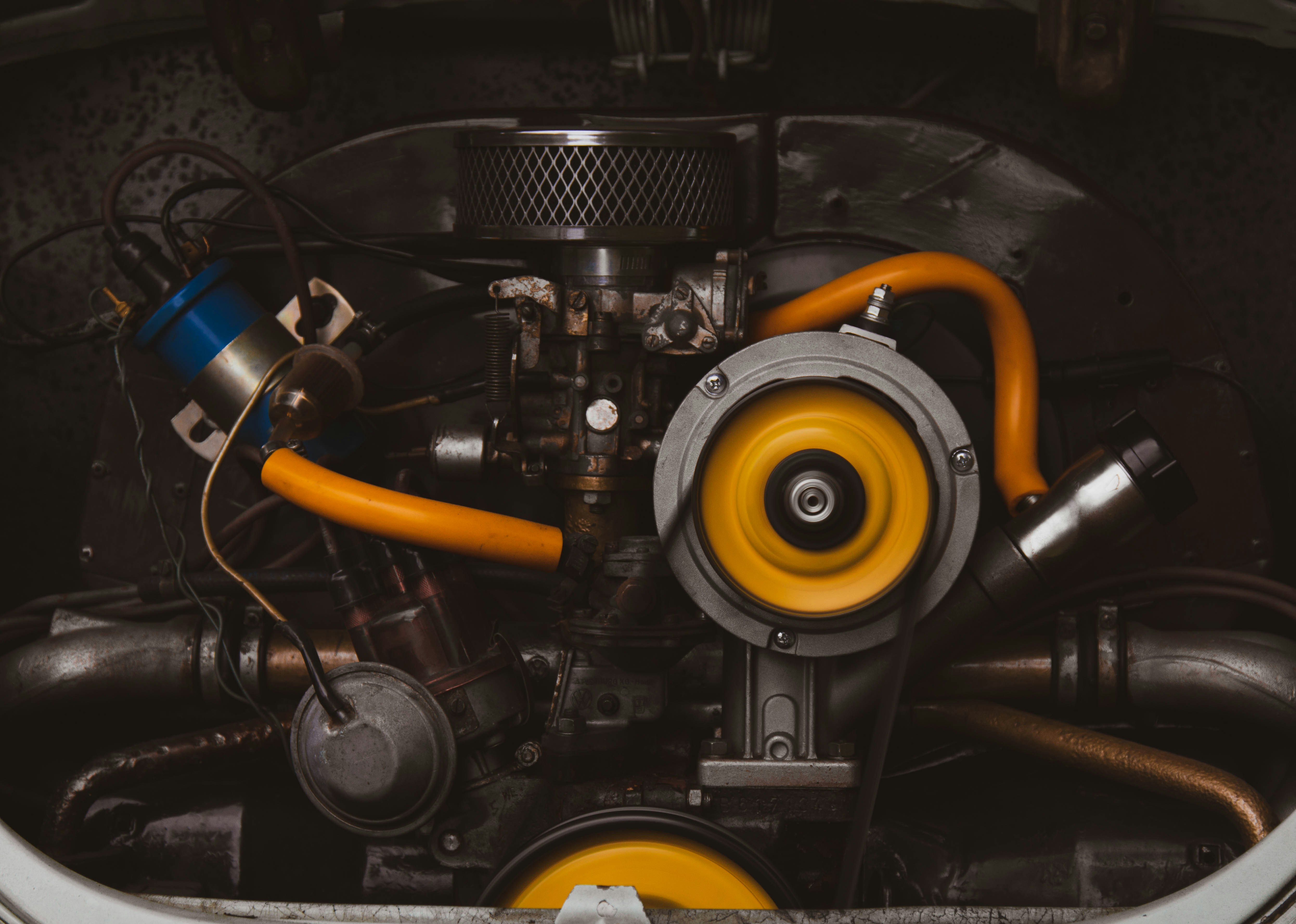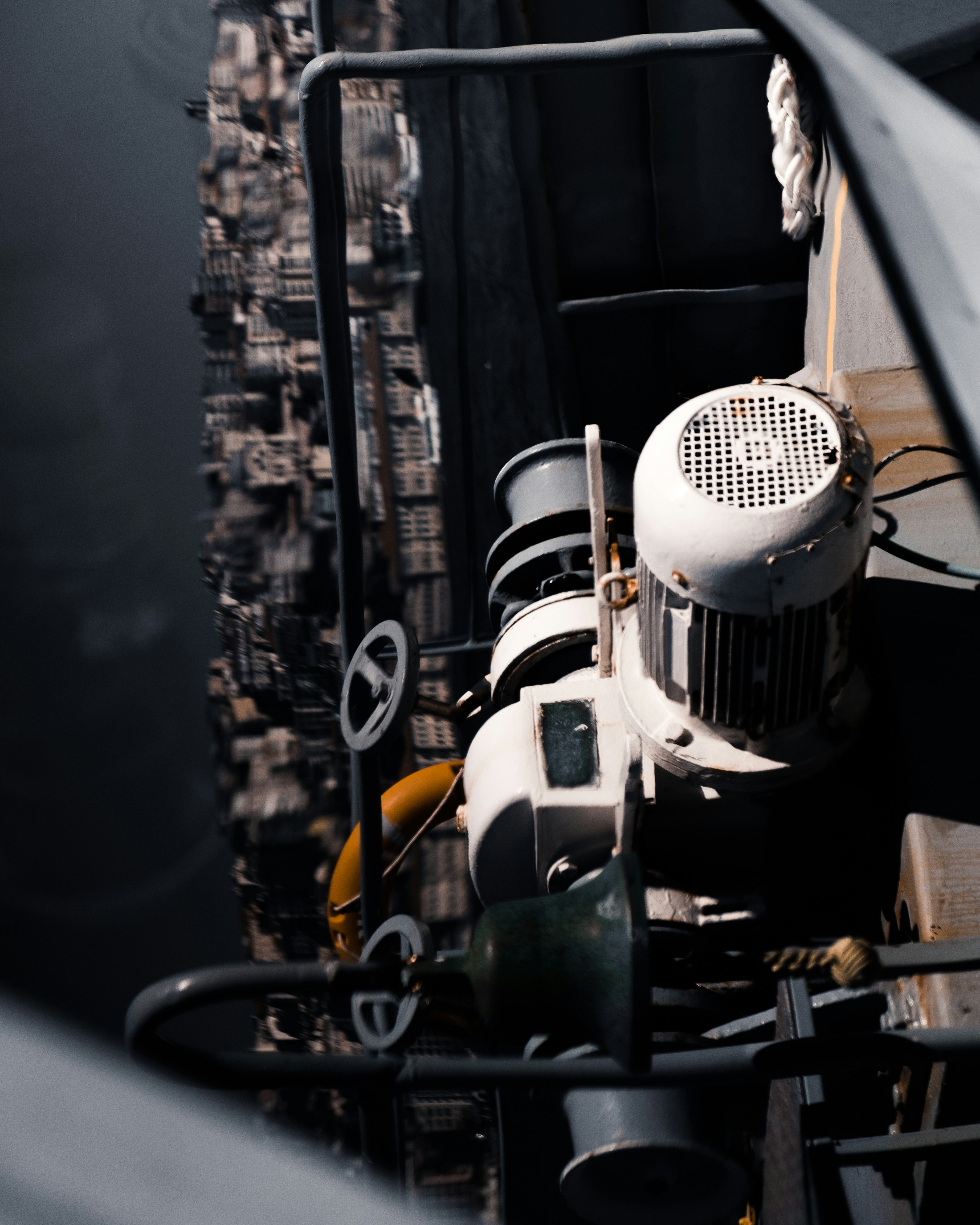Understanding How Electric Motors Work
Electric motors are the backbone of modern industry and domestic appliances, silently powering everything from fans to robots. But have you ever wondered how they work? This article dives into the basic principles, types, and components of electric motors.
🧠 Basic Principle
The working principle of an electric motor is based on electromagnetic induction . When an electric current passes through a wire coil in the presence of a magnetic field, it produces a mechanical force — this force causes the motor shaft to rotate.
This is governed by Lorentz Force Law , which states:
A current-carrying conductor placed in a magnetic field experiences a force perpendicular to both the magnetic field and current direction.
⚙️ Key Components of an Electric Motor
Here are the essential components found in most electric motors:
- Stator : The stationary part that produces a magnetic field.
- Rotor : The rotating part attached to the output shaft.
- Windings : Copper coils that carry electric current.
- Commutator (in brushed motors): Reverses current direction to maintain rotation.
- Bearings : Minimize friction and allow smooth rotation.
🛠 Types of Electric Motors
Electric motors are broadly classified into two categories:
1. AC Motors
Operate on alternating current. Widely used in industrial and household applications.
- Synchronous Motors
- Induction Motors
2. DC Motors
Operate on direct current. Common in electronics and automotive systems.
- Brushed DC Motors
- Brushless DC Motors (BLDC)
Each type has its own set of advantages and drawbacks, depending on the application.
🔌 Applications of Electric Motors
Electric motors are used in countless devices, including:
- Household : Washing machines, refrigerators, vacuum cleaners
- Industrial : Conveyor belts, pumps, compressors
- Automotive : Electric windows, power steering, EV drivetrains
- Commercial : HVAC systems, elevators, fans
📈 Efficiency Considerations
Electric motor efficiency depends on:
- Quality of winding and materials
- Load matching
- Cooling system
- Maintenance schedule
Premium-efficiency motors (IE3 and above) reduce energy consumption and long-term costs.
🧪 Innovation in Motor Design
Recent advances include:
- Permanent Magnet Motors
- Switched Reluctance Motors
- High-efficiency Inverters
- Smart Motor Controllers (IoT-based)
These developments contribute to quieter, more efficient, and more durable motors.
🧹 Maintenance Tips
To extend motor life:
- Keep it clean — Dust can cause overheating.
- Lubricate bearings — Reduce wear.
- Inspect brushes (for brushed motors) — Replace when worn.
- Monitor temperature — Overheating indicates overload or ventilation issues.
🧾 Conclusion
Electric motors are a critical part of the modern world, functioning on simple principles of magnetism and motion. Understanding how they work helps in selecting the right motor for the right application, and maintaining them properly ensures long-term efficiency.
Stay tuned for more detailed guides on types of motors, repairs, and diagnostics in our upcoming articles!


